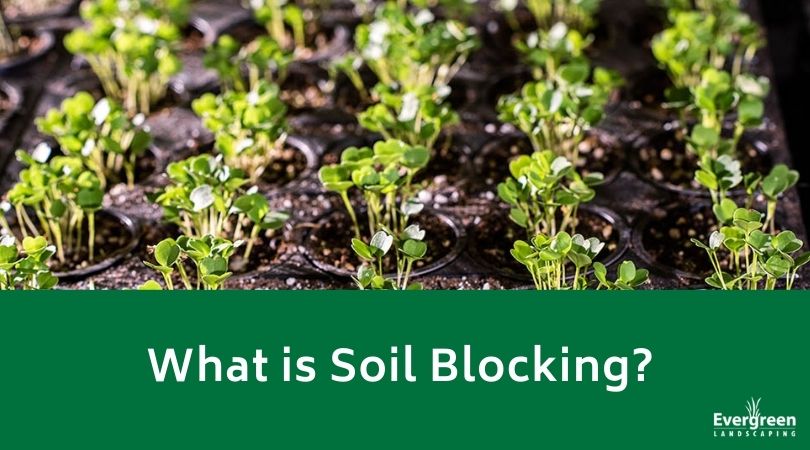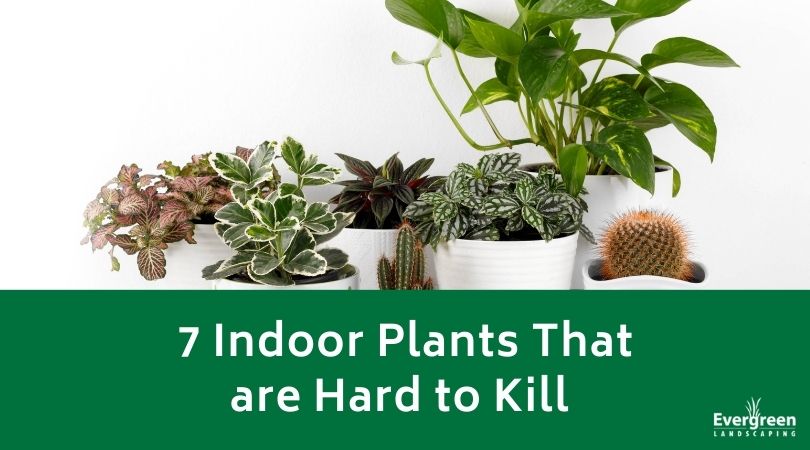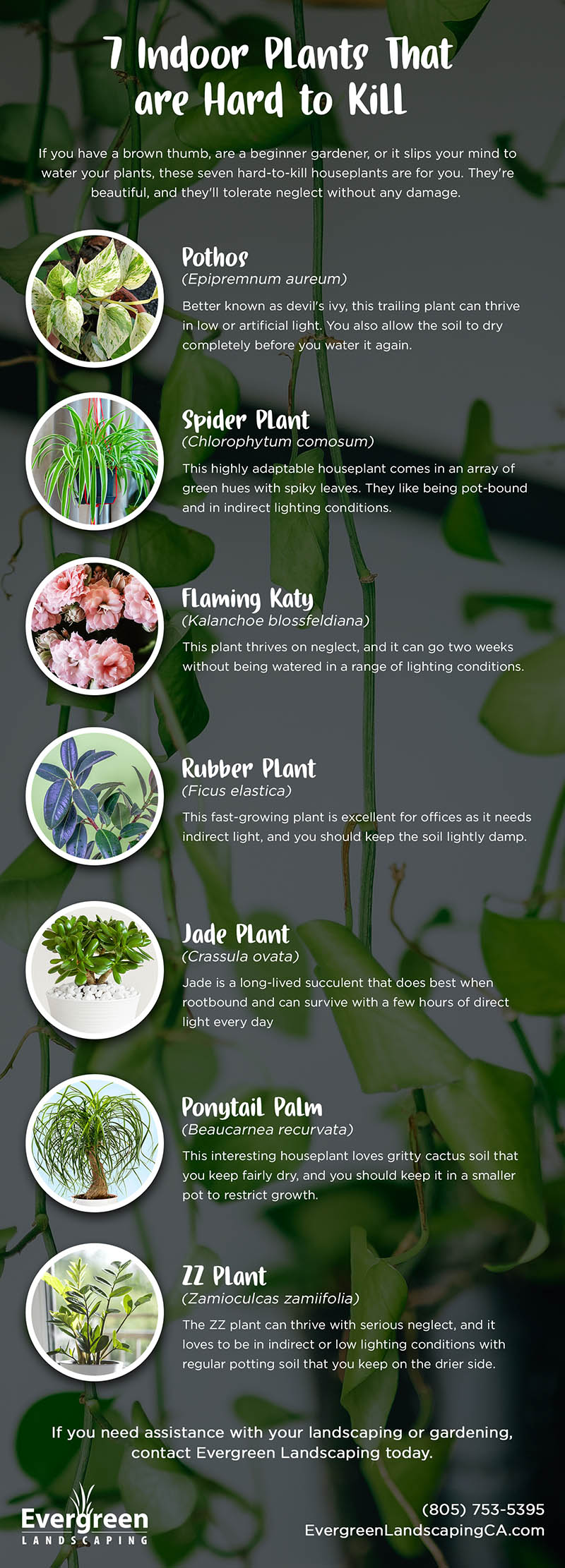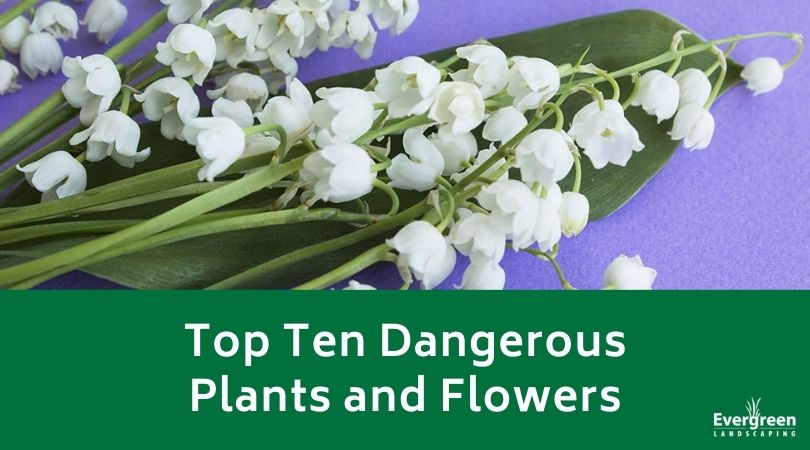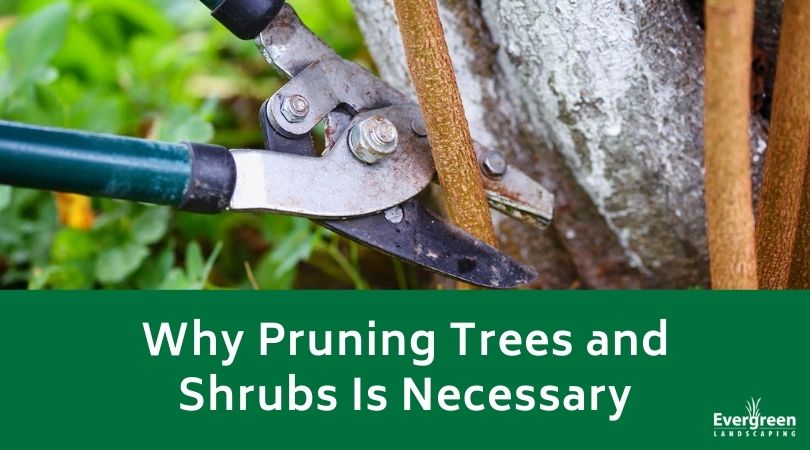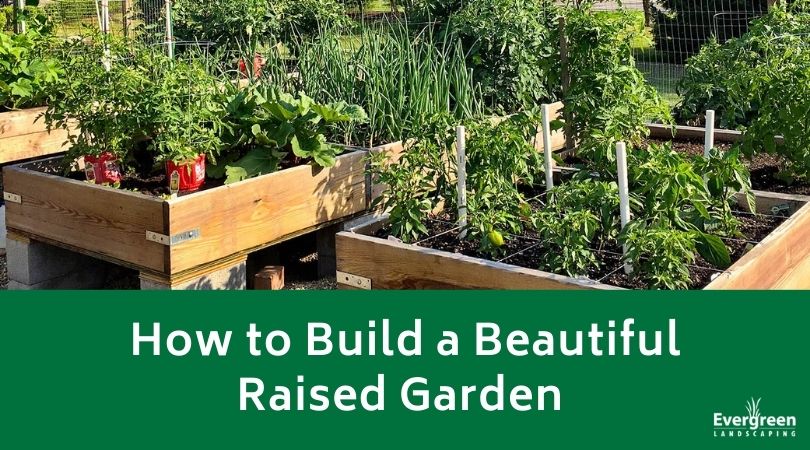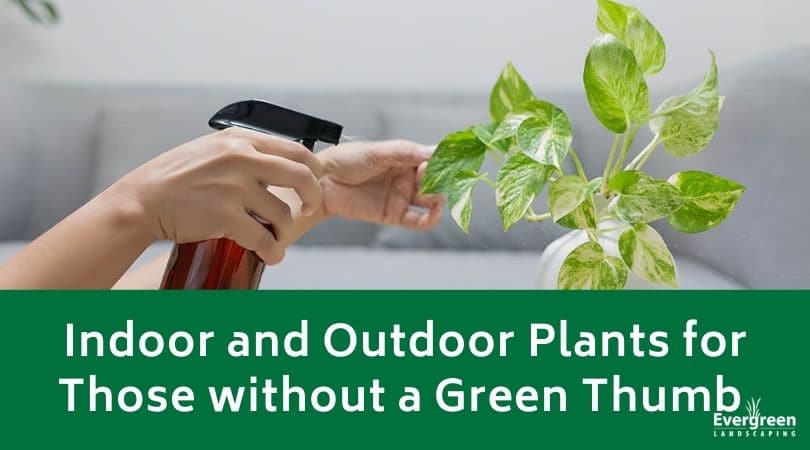Smart Watering Tips for Your Garden

Learning how to water the plants in your garden can help you conserve water, and it’s better for the plants as a whole because some require less water than others to thrive. You can do several things to water your garden in a smart way, and we’ll outline several great tips below.
- Water at the Correct Time
Did you know that there’s a correct time to water each day? When you choose to water will make a big difference in how much water your plants can absorb. Watering your garden very early in the morning will allow them to absorb the water before the heat of the day causes it to evaporate. Also, any water that gets on the plant’s foliage will dry before nightfall, and this reduces the risk of fungal infections and slugs.
- Aim the Water Carefully
If you’re watering your garden by hand; you want to aim your water stream right at your plant’s base where they need it most. This helps to keep your foliage dry, and it can prevent it from scorching in the sun. Also, giving your plants a very good soaking every now and then is much better than watering them often but lightly. Soaking them encourages an extensive and strong root system.
- Mulch Regularly
Many people like how mulch looks in the flower or garden bed, but mulch also serves a very functional purpose. Adding a one to three-inch layer of mulch around your plants keeps the soil and root system cooler. It also slows how quickly the water evaporates, and this can reduce how much you have to water in the hotter summer weather. The best mulch is a well-rotted organic matter with grass clippings, and compost will nourish your plants too.
- Collect Rainwater
If you have a large garden, you can easily spend a decent amount of money each year to keep it well-watered. To offset this, get rain barrels and collect rainwater to use in your garden. You can collect rainwater from your greenhouse, house, or garden shed. You do want to make sure that you put the barrels close to wherever you’re going to need it, so you don’t have to haul water long distances.
- Practice Selectively Watering
You should only water when your plants really need it. Since it can be difficult to judge by looking at the soil, you can get a smaller trowel and dig a small hole by your plants. If the soil is dry a few inches down, this is a good indicator that it’s time to water. Also, try to group plants with the same water needs together, so you only have to water parts of your garden periodically.
- Remove the Weeds
Weeds present stiff competition for your plants for resources, including water. To prevent this, you should make a point to go out a few times a week and remove any weeds you see. Your plants will get more water and nutrients to grow, and you won’t have to worry about feeding and watering the unwanted weeds.
Contact Evergreen Landscaping
Do you want more watering tips? Maybe you want to install an irrigation system to make the watering process easier. Contact us, and we’ll work with you to ensure that your garden thrives while you save water.

